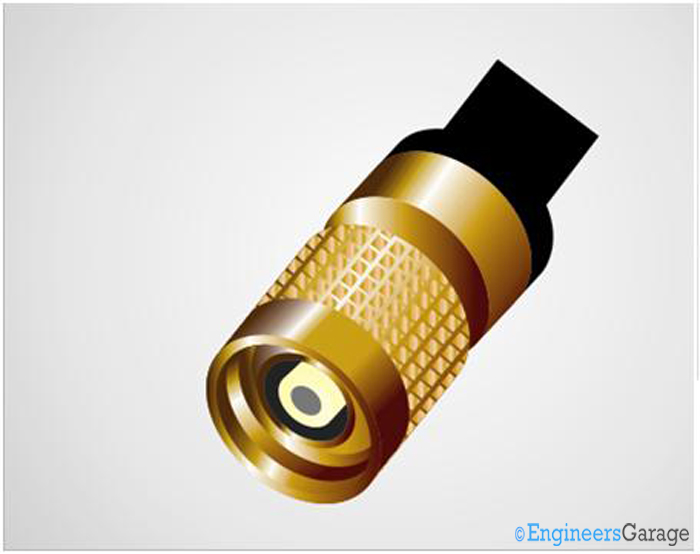


Some SMA connectors carry a silicone rubber gasket for additional weatherproofing. The body and coupling nite of the SMA connector is usually made from stainless steel or brass with the inner contacts made from brass or copper surrounded by a PTFE (Teflon) insulator.

A male connector that has a 5/16 inch hex nut for tightening its internalized threads and a connector pin within its mating interface.SMA connectors have two complementary components: This threaded connector has a ¼ inch diameter barrel with 36 threads per inch. The military standard MIL-STD-348 specifies the physical characteristics of the SMA connector which are maintained in contemporary generic versions. Physical specifications of the SMA antenna connector This provides a stationary and durable connection between an SMA antenna and the cable it is attached to. The initials SMA stand for Sub- Miniature type A, a designation acquired in the late 1960s after its development as a novel miniature connector with military specifications.Īntennas can be terminated with either a male or female SMA connector which mate by the male screwing down onto the female counterpart and being tightened via a hex nut. It manufactured to a high degree of accuracy. This is a miniature, semi-precision threaded connector that is in widespread use as a reliable termination for antennas of varying frequency. Key Classes of Antenna Connectors: Antennas with SMA connector Mechanical failure or inability to properly mount the antenna will also render the whole unit inoperable. The size and caliber of an antenna connector determine how the antenna will be embedded in or installed on a device which is important if space is a concern. Depending on how the antenna is mounted a connector may be part of a hinged, rotating, or recessed arrangement within the antenna. The mechanical and structural properties of antenna connectors are important too. Poorly selected, applied, and connected antennas will impair the performance of a radio frequency system and mean that the antenna will not appear to function as specified with loss of connectivity and data. The quality and integrity of the connection maintained by an antenna connector will often underpin the operation of a wireless device. Though connectors should be passive components in an antenna assembly, antenna connectors remain critical for maintaining the chain of connection within a functional radio frequency circuit. Certain types of connectors are suited for particular antennas and applications and the key types of antenna connectors discussed in this article are closely associated with specific applications. There is a wide range of antenna connectors, which vary by physical and electrical profile. They also may undergo frequent mating cycles with a complementary coaxial connector on cables, power amplifiers, adapters, or PCBs.

In many antennas, the connector is the single point at which the antenna is secured to the radio frequency device or assembly and needs to be capable of withstanding mechanical stresses. The connection provided by the connector at the base of an antenna not only provides an electrical connection but a mechanical one too. An antenna connector should maintain the electrical conditions for the transmitted current to travel under shielded conditions to an attached antenna cable, circuit board, or radio. Its attachment to the antenna provides a conduit for the transmission of radio frequency signals with signal loss, discontinuity, and impedance mismatches kept to a strict minimum. An antenna connector is a radio frequency connector that is located at the termination of an antenna.


 0 kommentar(er)
0 kommentar(er)
